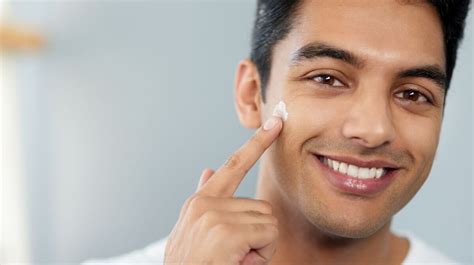Optimize your shave: How to prevent ingrowns & razor burn for peak skin performance?

Achieve Your Best Shave: A Guide to Preventing Ingrown Hairs & Razor Burn
Shaving is a daily or regular ritual for many, yet it often comes with unwanted side effects: irritating ingrown hairs and uncomfortable razor burn. These common woes can detract from your skin’s health and appearance, making the simple act of hair removal a chore. But it doesn’t have to be this way. By refining your routine and adopting mindful techniques, you can transform your shave into a path to peak skin performance – smooth, healthy, and free from irritation.
This guide will walk you through the essential steps, from preparation to post-shave care, designed to keep your skin happy and your shave optimized.
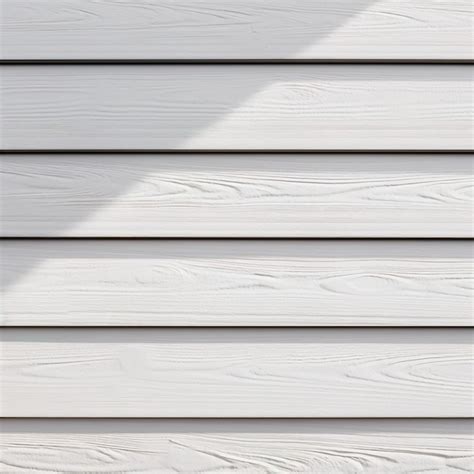
Phase 1: Impeccable Pre-Shave Preparation
The secret to a great shave begins long before the blade touches your skin. Proper preparation softens the hair, opens pores, and creates an optimal surface for shaving, significantly reducing the risk of irritation.
Exfoliate Gently
Before shaving, use a mild facial scrub or an exfoliating brush to remove dead skin cells. This helps to free any hairs that might be trapped beneath the surface and prevents new ones from becoming ingrown. Exfoliate 2-3 times a week, and always before your shave for the best results.
Warm Water & Steam are Your Allies
A warm shower or a hot towel applied to your face for a few minutes will soften your hair and open up your pores, making the hair easier to cut. This reduces the tugging and pulling that can lead to razor burn and leaves your skin less traumatized.
Choose a Quality Shaving Cream or Gel
Don’t skimp on your shaving lubricant. Opt for a rich cream or gel that creates a thick, protective barrier between the blade and your skin. Look for ingredients like glycerin, aloe vera, and natural oils that hydrate and lubricate. Apply it generously and let it sit for a minute or two to further soften the hair.
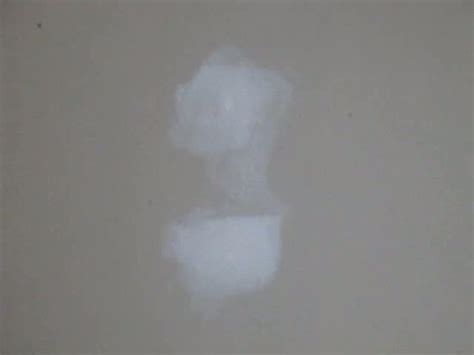
Phase 2: Master Your Shaving Technique
Even with perfect preparation, poor technique can sabotage your efforts. Small adjustments to how you handle your razor can make a monumental difference.
Always Use a Sharp Blade
Dull blades are the primary culprit behind razor burn and ingrown hairs. They drag and pull at the hair, causing irritation and uneven cuts. Change your razor blade every 5-7 shaves, or sooner if you feel any tugging. Consider multi-blade razors with advanced lubrication strips or even single-blade safety razors if you have very sensitive skin.
Shave With the Grain
This is perhaps the most crucial rule for preventing irritation. Shaving against the grain provides the closest shave, but it also increases the likelihood of hairs being cut below the skin’s surface, curling back, and becoming ingrown. Identify your hair growth pattern (it can differ across your face) and shave in the direction your hair grows. If you need a closer shave, reapply lather and go across the grain on the second pass, but avoid going against it entirely.
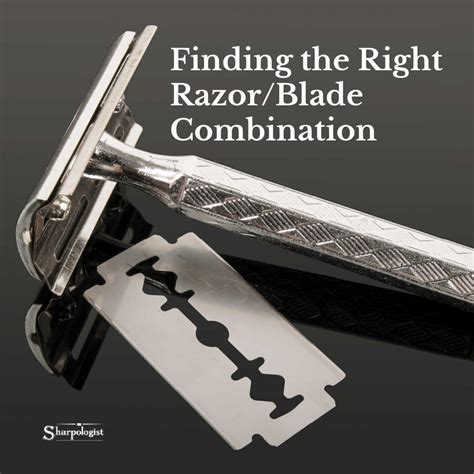
Light Pressure is Key
Let the razor do the work. Applying too much pressure won’t give you a closer shave; it will only increase irritation, nicks, and the risk of razor burn. Use short, light strokes and rinse your blade frequently under warm water to prevent clogging.
Phase 3: Essential Post-Shave Care
Your work isn’t done once the last hair is removed. The steps you take immediately after shaving are vital for calming your skin and preventing future issues.
Rinse with Cold Water
After your final shave pass, rinse your face with cool or cold water. This helps to close your pores, soothe any mild irritation, and tighten your skin, reducing redness.
Apply an Alcohol-Free Aftershave Balm or Lotion
Avoid aftershaves that contain alcohol, as they can dry out and irritate freshly shaved skin. Instead, opt for a soothing, alcohol-free balm or lotion with ingredients like aloe vera, chamomile, witch hazel, or allantoin. These ingredients will hydrate, calm, and protect your skin.
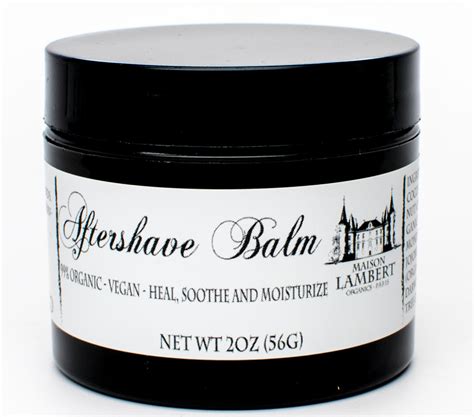
Moisturize Regularly
Keeping your skin well-hydrated is crucial for its overall health and resilience. Apply a lightweight, non-comedogenic moisturizer daily, not just after shaving. Hydrated skin is more supple, allowing hairs to grow out more easily without becoming trapped.
Advanced Tips & Troubleshooting
- Consider a Single-Blade Razor: For very sensitive skin prone to ingrowns, a traditional single-blade safety razor or an electric shaver can be less irritating than multi-blade cartridges.
- Give Your Skin a Break: If possible, take a day or two off from shaving occasionally to allow your skin to recover and reduce constant irritation.
- Spot Treatment for Ingrowns: If an ingrown hair appears, avoid picking at it. Use a warm compress to open the pore, and apply a specialized ingrown hair serum containing salicylic acid or glycolic acid to gently exfoliate and encourage the hair to surface.
Optimizing your shave is an ongoing process of understanding your skin and refining your routine. By embracing these preventative measures and techniques, you can leave razor burn and ingrown hairs in the past, enjoying a consistently smooth, comfortable, and healthy complexion. Your skin will thank you for it.







